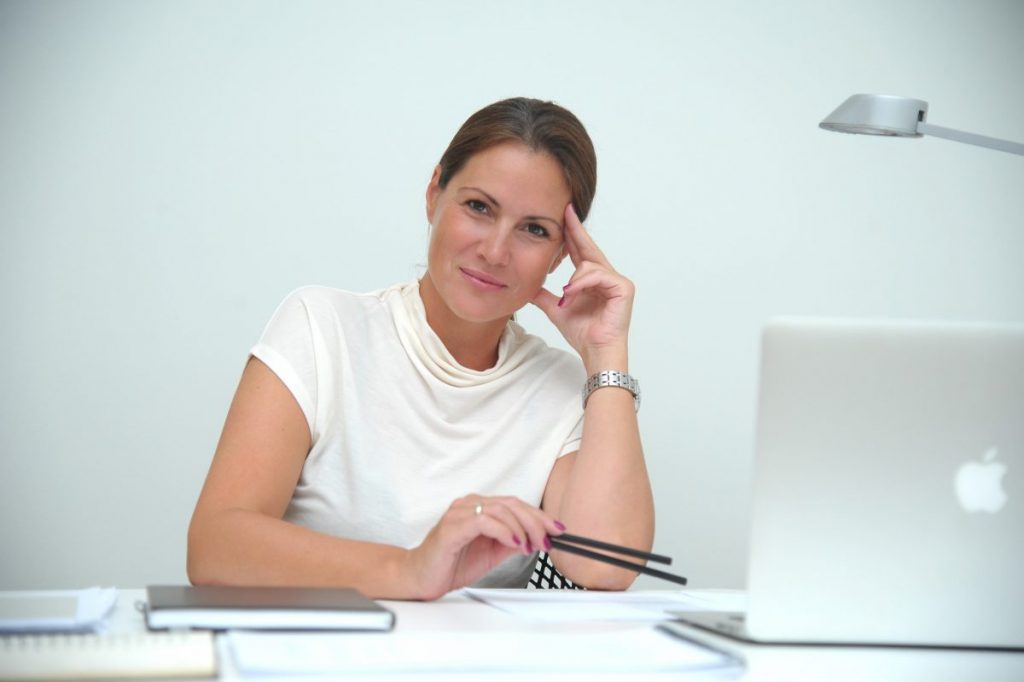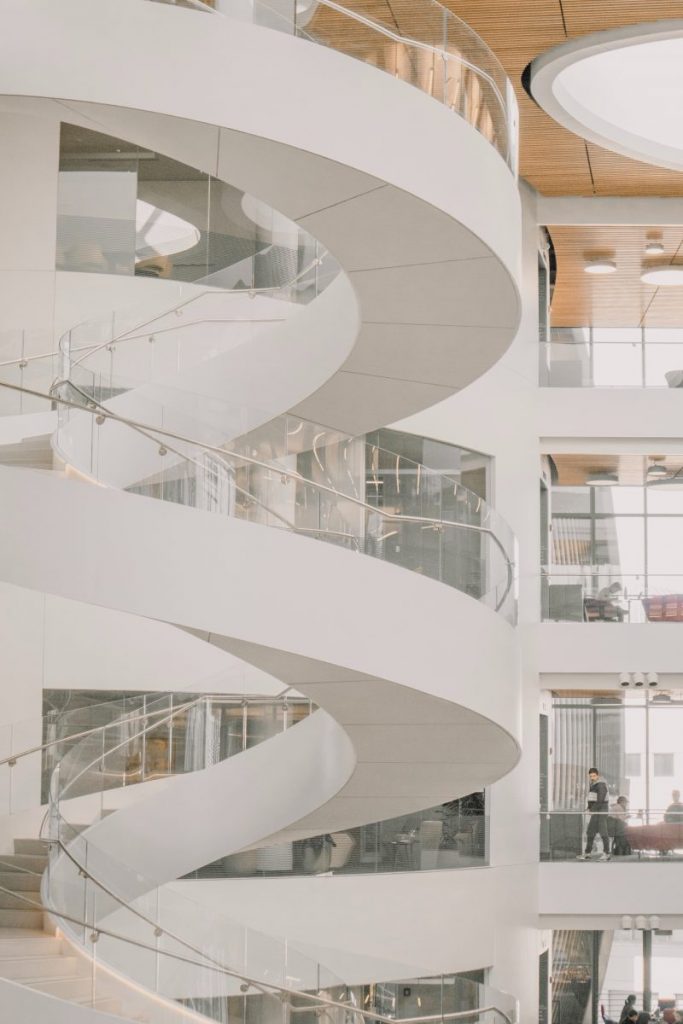Post COVID office space values: the role of wellbeing, digitalization and collaboration
Changes in work processes and digitalization have speed up changes in the workspace design. Traditionally designed workspaces – a combination of closed offices and open spaces, do not match to most productive organizations, in which, communication, result-orientation, as well as employee wellbeing – are a priority. The large-scale increase of remote work produced by COVID 19, according to research, has a great approval of employees (no travel to work, flexibility, work-home life balance, even increased productivity – according to 45% of 1200 respondents by Spacelab). However, social interactions and the creative part of the job still requires face to face interactions. What is the future of the offices?

TIME FOR WORKPLACE FLEXIBILITY
Now, every organization need to find balance of remote work – office work, to analyze and make the architecture of a new business network. Every space and every organization can do a real needs analysis, can create a workplace strategy (tailor-made, unique) and to implement workplace design recommendations as a tool for change. Traditional office spaces have the opportunity to become new places of identity for their employees through reorganization, design and planning. More collaborative spaces, agile working or digitalization are just some of options.
“Offices will not disappear, they can be transformed and become hubs – the bases of the company’s social and digital network”
Sociologist Manuel Castells presents a new theoretical perspective for understanding the trends that characterize the structure and dynamics of our societies in the 21st century,
deals with the interpretation of the transformation of labor and employment, flexibility of the workforce, introduces the terms “replaceable workforce” and “self-programmed workforce”, putting information and communication technologies as the main causes of the transformation of the labor market.
Do we, regardless of the Covid consequences, know what the workflows will look like in 2030? Do we know which occupations will not exist and which new ones will be formed? Generation Z (born after 1995) whose digital literacy is implied, may be part of the labor market as early as 2030 and different generations and competencies need to be integrated into working spatial frameworks and networks (according to McKinsey Global Institute research by 2025. 40 to 75 million business worldwide will be shut down).
THE POWER OF DESIGN
The design of the workspace does not only mean the choice of ergonomic furniture within a modern interior design or architecturally harmonized aesthetics that fulfill basic functions. Above all, it should be a management tool for achieving the company’s goals, a meaningful and functional space, on the focus on employees and their wellbeing, better work efficiency and raising the company’s representation – sending a message and giving meaning. Space can become, even more, a catalyst for cultural changes in the organization. If change is sought, new goals are set, in parallel with change management – it is spatial transformation that can be a tool and a catalyst for an organization. Raising wellbeing and aesthetic values goes without saying, and an experienced architect is an ambassador of change and the link between management and spatial change processes.

STRATEGICLY GUIDED CHANGE PROCESSES
Company management and human resources sectors become “designers” of change, and the workspace is catalyst, a tool that accelerates and enables change. Companies that have a change management strategy (whether or not related to the changes caused by Covid 19) certainly understand that it is necessary to achieve several preconditions for implementation (it is necessary to create an appropriate climate to implement change, sometimes training employees need new work skills, etc.). One precondition is certainly the involvement of employees in changes and design of new spatial environments, and a key condition is the strategic cooperation of senior management, HR partners and architectural team, to define the processes of an organization and communications, possibilities and goals. A combination of bottom up and top down management – give input to the architectural team. Communication, collaboration, and commitment are often identified as the three keys to successful organizational change.
“The specificity of cultural heritage, types and habits of employees must not be neglected”
DEVELOPMENT OF SOCIAL AND DIGITAL NETWORKS
Process changes require a change of approach first and foremost. The approach should be open to rapid changes in the digital way of doing business and changes in the labor market and flexible, with a focus on labor mobility, developing a feel of belonging and employee satisfaction, making places of innovation and research. The specificity of cultural heritage, types and habits of employees must not be neglected. In Serbia, the local advantages, qualifications of the workforce, the employee’s knowledge and need for belonging should be recognized, and a modern spatial office framework can be made for a new architecture of digital and social networks of future.